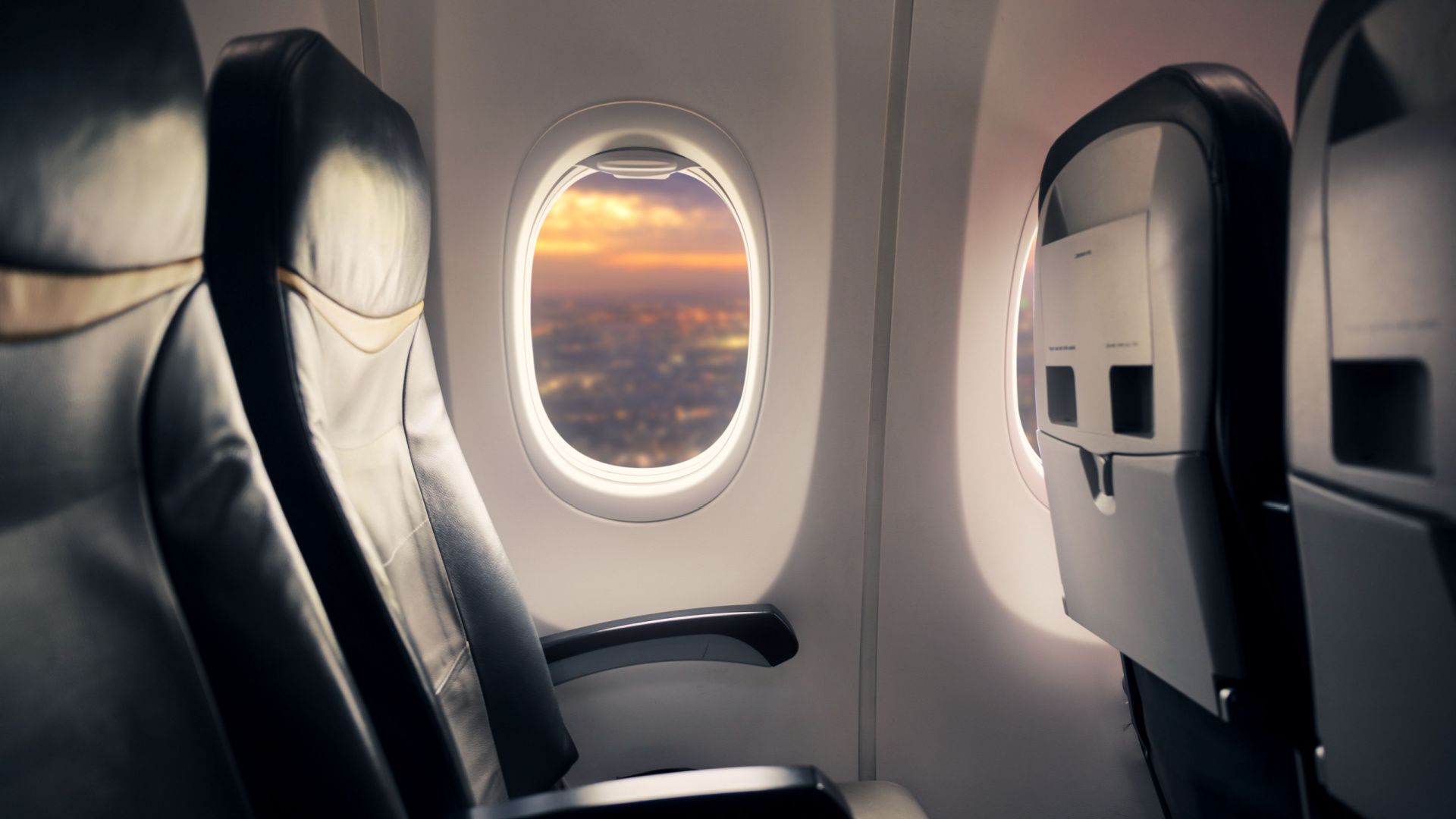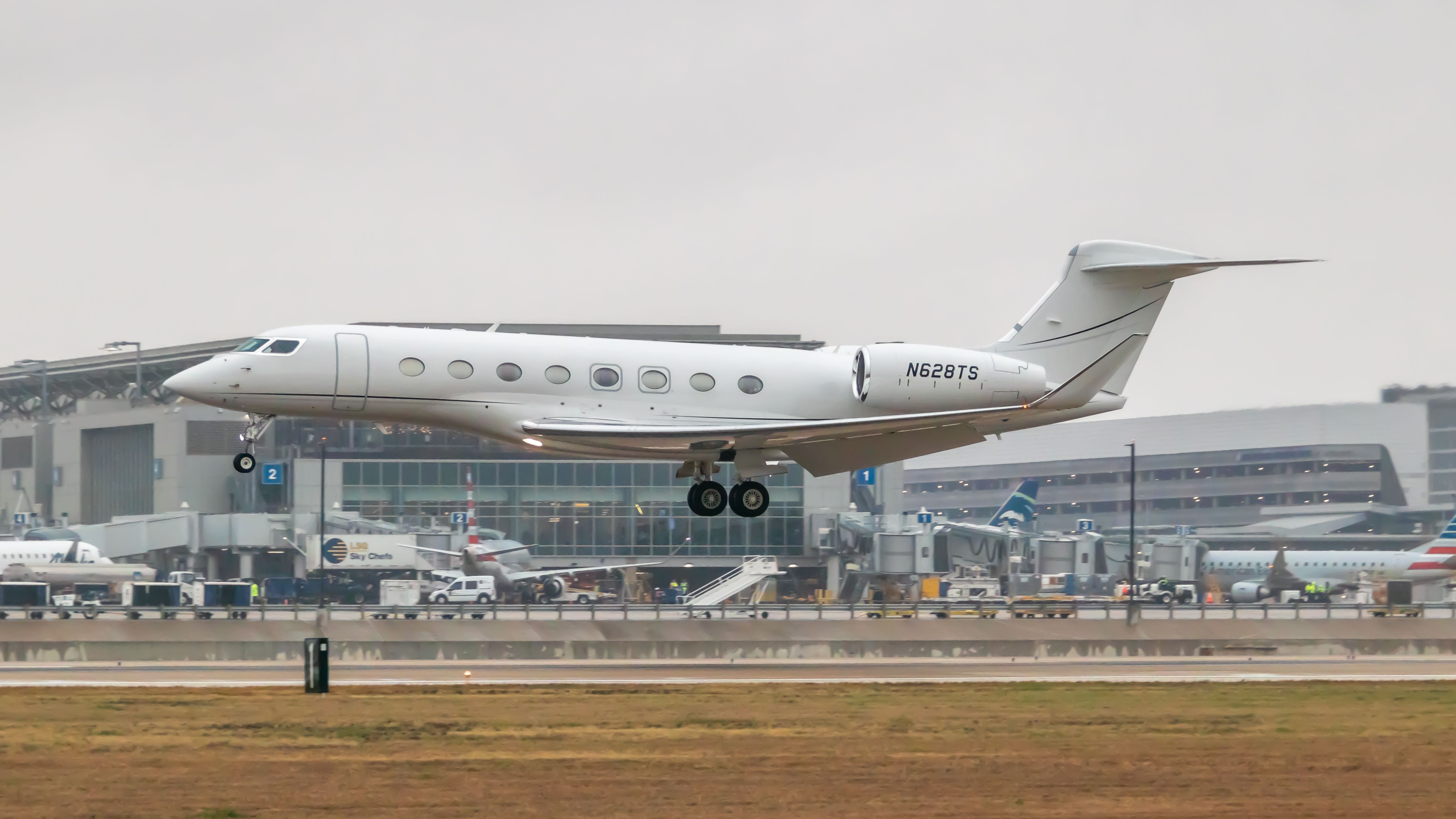Summary
- Round windows manage pressure better, distributing stress evenly for safer flights.
- Square windows on early planes were replaced due to stress causing crashes.
- Aircraft windows have multiple layers for protection – rare incidents keep occurring with a few design differences.
The shape of plane windows is the same for most commercial aircraft – large or small. The small, round cut-outs in the fuselage have become standard today, but why aren’t they a different shape? Wouldn’t large, square windows offer better viewing opportunities for passengers? The reason is rooted in the plane’s aerodynamics and a dangerous example. Recently, we have seen changes and innovations in window size and functionality, but no change to this fundamental design.
Managing the pressure
The reason for round windows on today’s planes is to manage air pressure inside and outside the plane. When cruising above 10,000 feet, aircraft cabins are pressurized to 11-12 psi, while the outside air pressure might be just 4-5 psi. This vast variance causes stress on the windows, which have to deal with repeated pressurization cycles.
Round windows were chosen as the norm because their shape allows an even distribution of pressure across the panel. Additionally, the design also withstands deformation better, making it more robust for long-term use. This significantly improves the safety of an aircraft and also helps with its life-cycle.
Photo: Michaelvbg | Shutterstock
This explains why all planes today use round windows for over 70 years. However, it wasn’t like this at the start of the jet age, and it took two crashes to adopt a new design.
Square windows at first
While aircraft started being pressurized in 1940, their importance picked up with the start of the jet age in the 1950s. Until then, passengers were used to square windows, similar to the ones in everyday life. However, this changed with the de Havilland Comet, the first jetliner, taking to the skies in 1949.
Photo: dvlcom | Shutterstock.
Two Comet aircraft broke apart in midair in 1954, killing 56 passengers and raising an urgent need for answers. The reason was found to be the square window design. In particular, the square’s edge was picking up too much pressure, causing windows to crack and destroy the aircraft. The four sharp edges took up to 70% of the stress, causing them to fall apart amid repeated use. To prevent more such incidents, designers moved to find a new shape to withstand pressure, leading to the circular window layout that has come since.
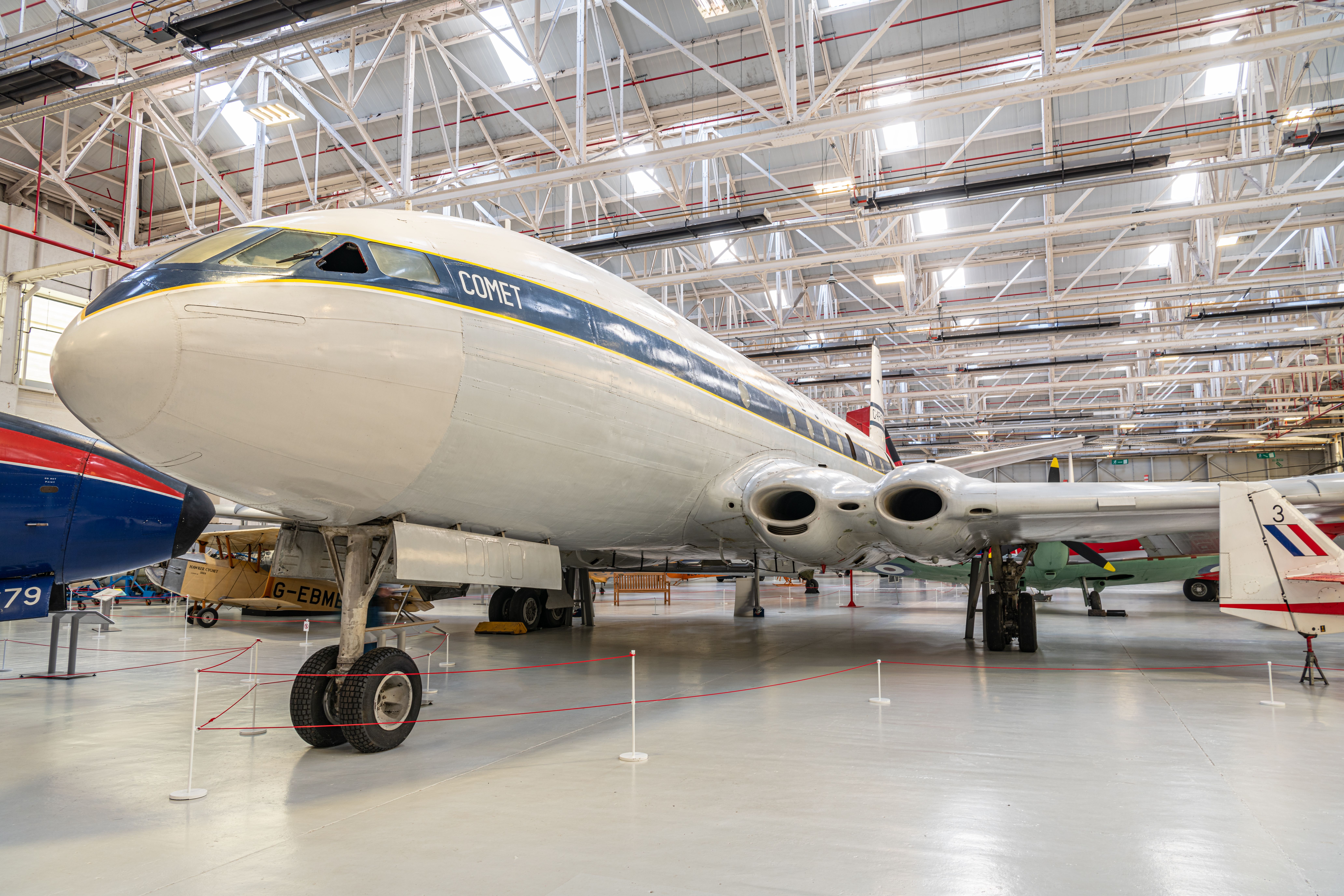
Related
How The De Havilland Comet Kickstarted The Jet Age
The famous jet is known for its glamour alongside its longstanding issues.
Stay informed: Sign up for our daily and weekly aviation news digests.
Layers of protection for windows
However, it’s not only the shape engineers use to ensure that windows hold firm through flights. You may have noticed that windows are made of three acrylic layers. The outermost one is the thickest and takes all the pressure from the outside, while the middle one is also thick and has a tiny hole used to equalize pressure and protect the inner pane. The one we face as passengers is the thinnest layer and only takes the relatively minor cabin pressure.
Photo: BongkarnGraphic | Shutterstock
In 2018, a Southwest engine failure saw blades tear through a window, sucking out one passenger partially and eventually leading to her death. Today, incidents of windows tearing open are exceedingly rare, but windows remain an essential part of safety checks.

Related
Ice Crystals On Aircraft Windows: Are These A Cause For Concern?
There are specific situations where ice crystals can pose safety issues for general aviation aircraft.
A few window differences
Past and present, we have seen a few differences in window design – but not a dramatic move away from this standard design. Concorde is one of the best historical examples. It had much smaller windows than other aircraft. This was to aid in safe operation at higher altitudes than other commercial aircraft. The smaller windows would slow a decompression if a window failed.
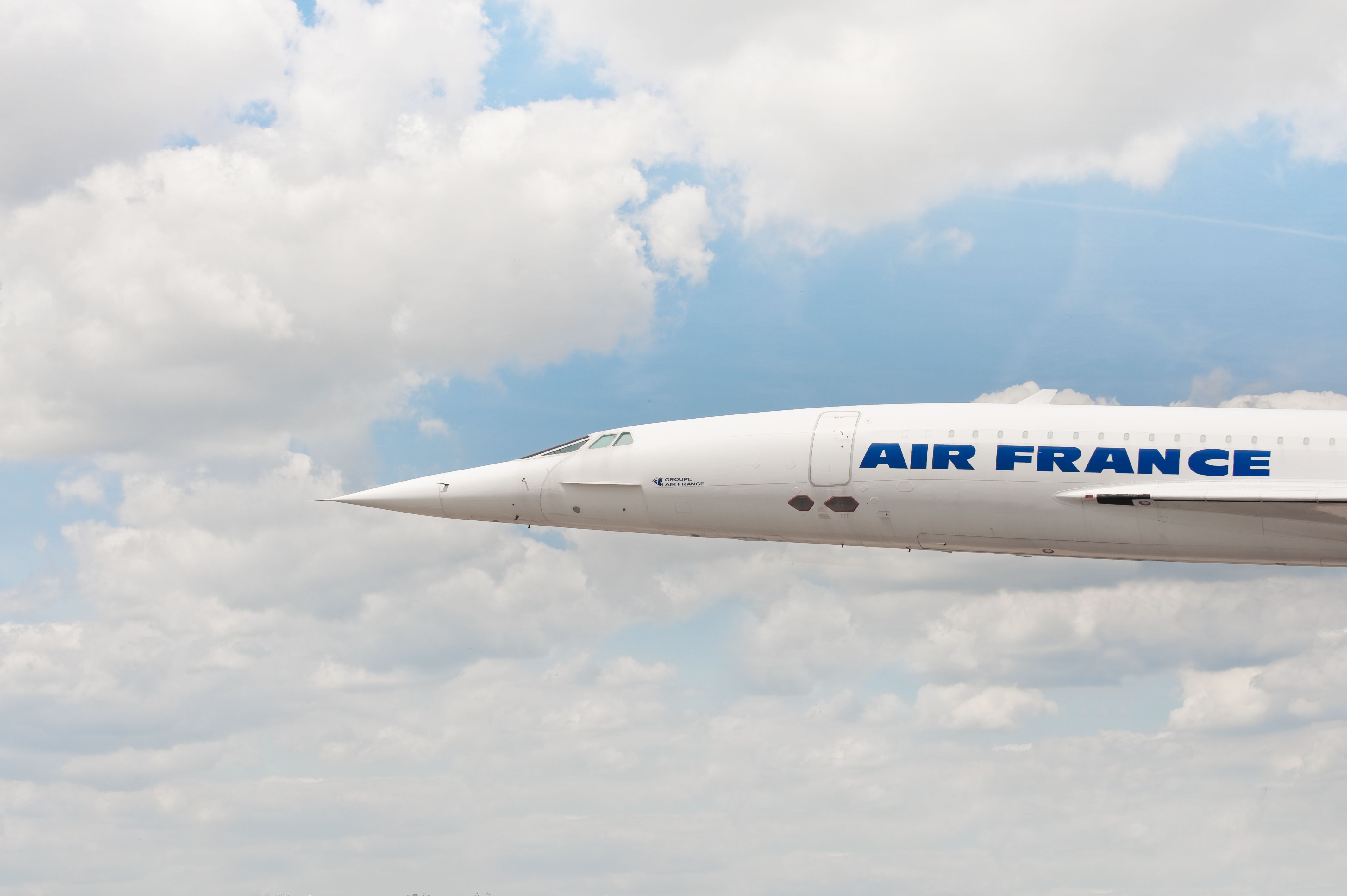
Related
Why Concorde’s Windows Were So Small
Concorde’s smaller windows were a safety feature to help its high altitude operation.
In the private jet market, there are some bigger differences. Gulfstream jets have long been known for their sizeable oval-shaped cabin windows. These have become part of the distinctive design and trademark of the jet series. Dassault has introduced a skylight window in the cabin ceiling on the Falcon 5X and 6X. And there have been proposals for a wraparound sunroof-style windows for the Embraer Lineage 1000 jet.
Photo: lorenzatx | Shutterstock
Windows are getting larger on larger commercial aircraft as well. New composite fuselage construction allows larger windows (but still the same basic shape) to be installed without weakening the structure. The dimmable windows on the Boeing 787 are an excellent example of this.
We continue to see changes and innovations with windows, but no fundamental changes to their design. The upcoming Boeing 777X, for example, features larger windows than the 777 (or the A350), dimmable functionality, and a positioning higher in the fuselage. They are around 29% larger than those on the rival Airbus A350, although still not quite as large as those found on the Dreamliner.
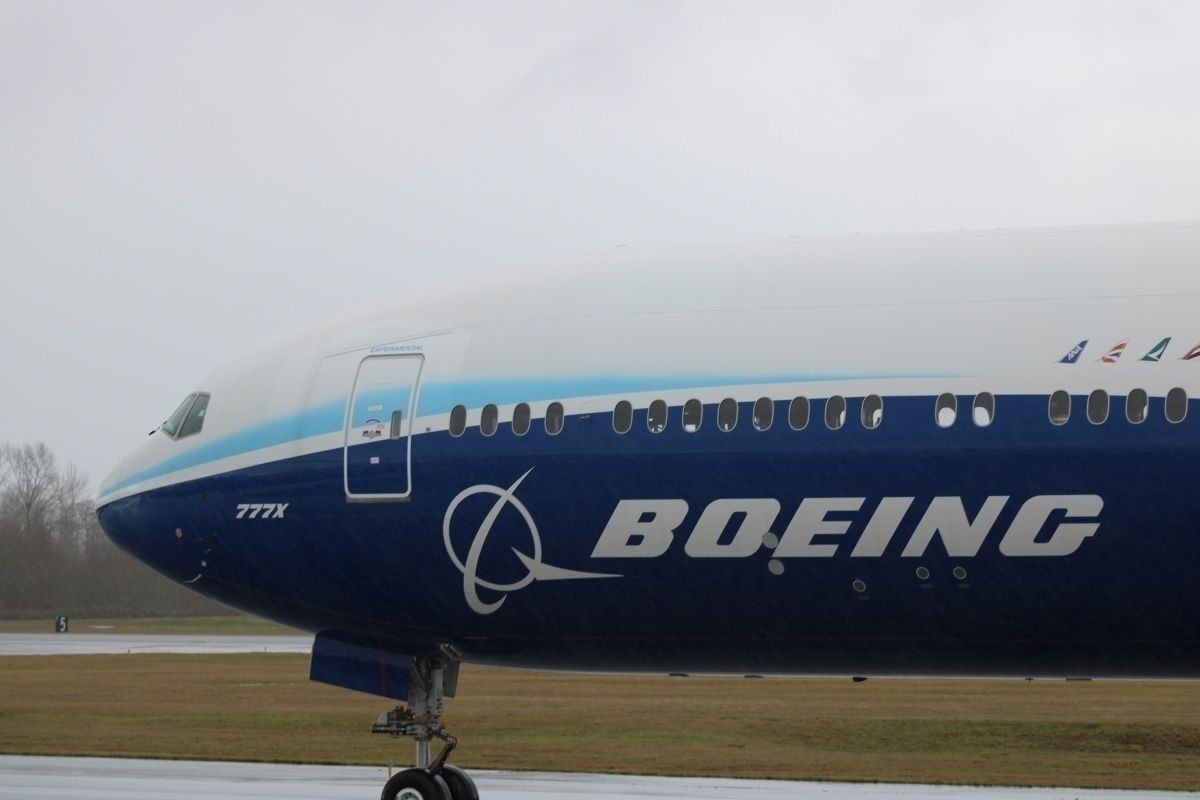
Related
Why Boeing 777X Windows Are Placed Higher In The Fuselage

